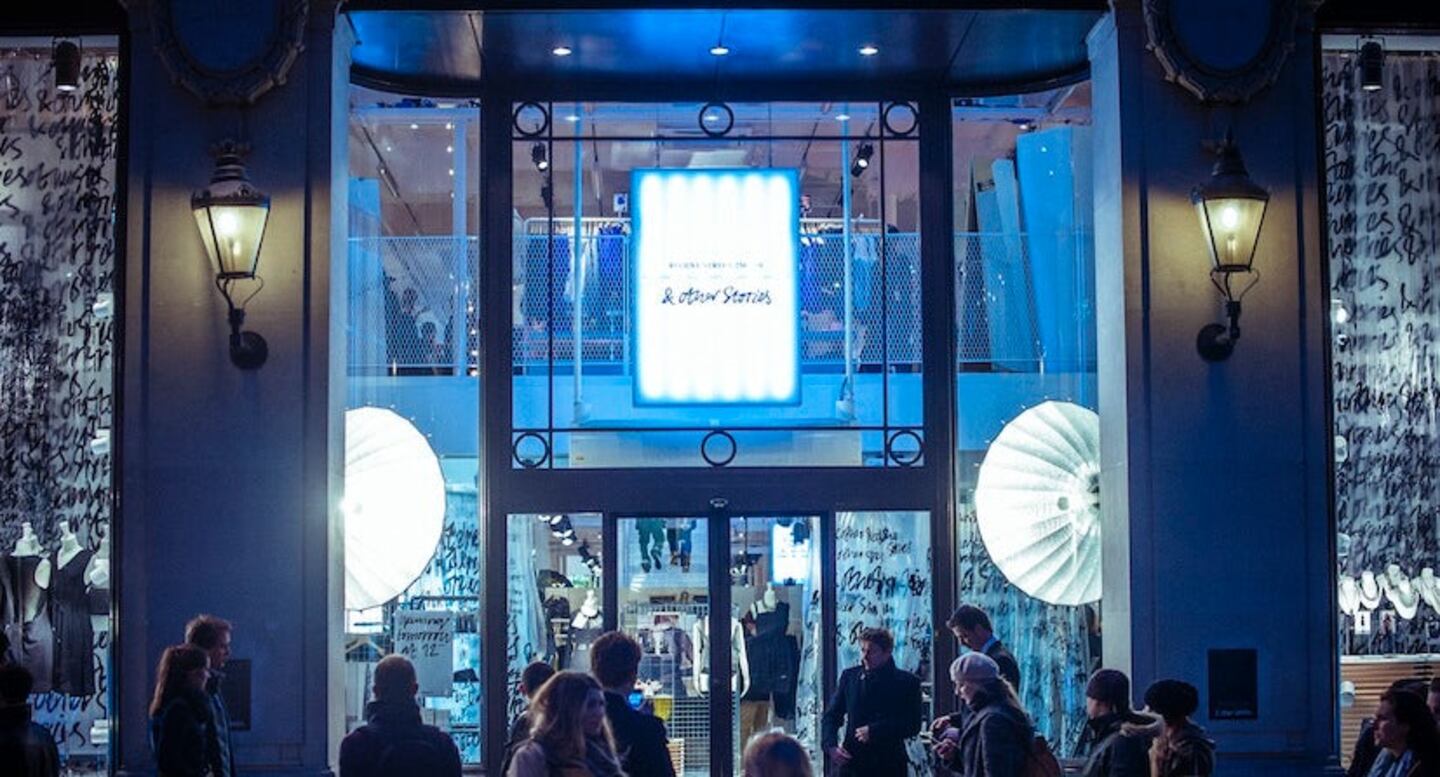
The Business of Fashion
Agenda-setting intelligence, analysis and advice for the global fashion community.

Agenda-setting intelligence, analysis and advice for the global fashion community.

STOCKHOLM, Sweden — H&M will trial sales of second-hand and vintage clothes as it seeks to tap into consumers' growing concerns about the environmental cost of fast fashion, its head of sustainability said on Friday.
Anna Gedda told Reuters H&M would launch a pilot in Sweden for online sales of second-hand garments on the site of its & Other Stories brand, with the aim of extending the scheme to other markets and brands in years to come.
"It comes back to the whole circular vision... it just makes great sense to look into this business," she said on the sidelines of an event in Berlin on the future of fashion.
"We see this as a growing part of the industry, with great opportunities both for consumers and not least for the environmental impact, and how we can drastically reduce that by extending the life of the products."
ADVERTISEMENT
Awareness of the damage done by the rapid growth of the fast fashion sector, exemplified by the likes of Primark (part of ABF) and Zara who sell clothes so cheaply consumers can wear them for just one night out, has grown over the past year.
BBC documentary "Fashion’s Dirty Secrets" last year described fashion as among the world's most polluting industries.
So far there have been few signs of falling demand for fast fashion, yet the second-hand market for apparel is expected to double in the next five years to $51 billion, according to data gathered for online thrift store ThredUp, with the resale market for exclusive products driving much of the growth.
H&M tried selling second-hand clothes in the past but abandoned the project. Vintage H&M garments are available for sale on fashion marketplaces run by the likes of ASOS and eBay.
"Now is a whole different moment with awareness of sustainability," Gedda said.
H&M is conducting the pilot with the Swedish second-hand platform Sellpy, a start-up that H&M has been investing in, which is creating a section for & Other Stories "pre-loved" garments on its site.
H&M, the world's biggest clothing retailer after Zara-owner Inditex, has seen its profits shrink and stocks pile up in recent years as it failed to react quickly enough to demand swings and a boom in e-commerce.
However, it reported a much smaller than expected fall in quarterly profit last week, as it sold more products at full price and margins held up, in a first sign that a turnaround strategy is producing results.
ADVERTISEMENT
H&M has tried to improve its environmental credentials in recent years, using more organic cotton and encouraging customers to recycle their clothing as well as offering repair services in some countries.
As customers seek more transparency about supply chains, Gedda said H&M is about to launch a system that will allow shoppers to see which factory produced each garment and more details on the fabric.
"If you have worked with IT processes in a big company, it is as close to a moon landing as we will ever get," she said.
By Emma Thomasson; editor: David Holmes.
Europe’s Parliament has signed off rules that will make brands more accountable for what happens in their supply chains, ban products made with forced labour and set new environmental standards for the design and disposal of products.
Fashion’s biggest sustainable cotton certifier said it found no evidence of non-compliance at farms covered by its standard, but acknowledged weaknesses in its monitoring approach.
As they move to protect their intellectual property, big brands are coming into conflict with a growing class of up-and-coming designers working with refashioned designer gear.
The industry needs to ditch its reliance on fossil-fuel-based materials like polyester in order to meet climate targets, according to a new report from Textile Exchange.